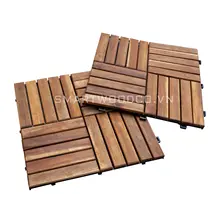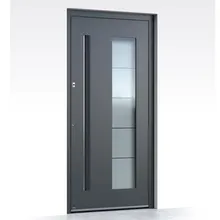Exploring the World of Architectural Model Trees
Architectural model trees are miniature simulacra that serve as essential components in the creation of scaled representations of landscapes and urban environments. These models are pivotal in visualizing the interplay between proposed structures and their surrounding flora. Catering to a diverse range of design aesthetics, architectural model trees come in various forms, from the starkly modern to the richly traditional.
Varieties and Materials
The selection of architecture model trees encompasses a spectrum of types, each crafted to suit different architectural visions. The materials used in these models are primarily plastic derivatives, ensuring durability and ease of manipulation. ABS plastic, known for its strength and flexibility, is a common choice, providing a realistic texture and appearance to the model trees.
Design and Application
When it comes to design, the architectural model tree can range from 3D model designs to graphic representations, each offering a unique perspective on the proposed environment. These models are not just aesthetic additions but are also used in practical applications such as onsite inspections and urban planning discussions, where they help in assessing the impact of new developments on existing ecosystems.
Features and Advantages
The intricacies of architecture model trees white variants provide a neutral tone that accentuates the architectural features of the model they accompany. This neutrality is advantageous in highlighting the color contrasts and design elements of the scaled model. Furthermore, the use of architectural model trees in presentations can significantly enhance the comprehensibility of spatial relationships and landscape integration.
Choosing the Right Model Tree
Selecting the appropriate architectural model tree is crucial in conveying the right message and aesthetic. Designers can choose based on the type of architecture, whether it be contemporary, modern, or traditional. The choice significantly affects the perceived scale and the overall ambiance of the architectural representation.
Environmental Considerations
In an era where environmental considerations are paramount, the use of architectural model trees also reflects a commitment to green design. They serve as reminders of the importance of incorporating natural elements into urban planning, ensuring that new developments are harmonious with the environment.











































 浙公网安备 33010002000092号
浙公网安备 33010002000092号 浙B2-20120091-4
浙B2-20120091-4